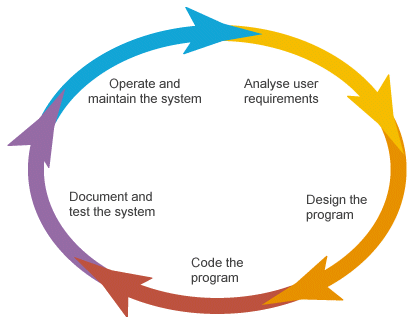What are the phases of the Software Development Life Cycle?

Image Source: blog.teachbook.com.au
Every single stage of the software development life cycle creates products that are needed by the adjacent stage of this cycle. The several phases of the software development life cycle include a perquisite collection or accumulation and examination, under which the commercial necessities are collected. This particular stage is the supreme center of emphasis for all those who deal and directs the plan as well as the ones holding shares.
The next stage of the software development life cycle is related to the construction of the structure and the programs, which are created according to the necessities and the already mentioned details. It prepares the information and material that might be required for the upcoming stage of this cycle.
Furthermore, on getting the files and information on the classification, the functioning is shared out into the units of measurement and this is when the basic process of a systematically arranged and comprehensive collection of laws takes place. This is considered as the most extended stage of the software development life cycle.
After producing the comprehensive collection of laws, it undergoes a trial while comparing all the demands and needs in order to assure that the product is properly fulfilling the requirements. Therefore, having a favorable outcome allows the item to be dispatched to the client.
